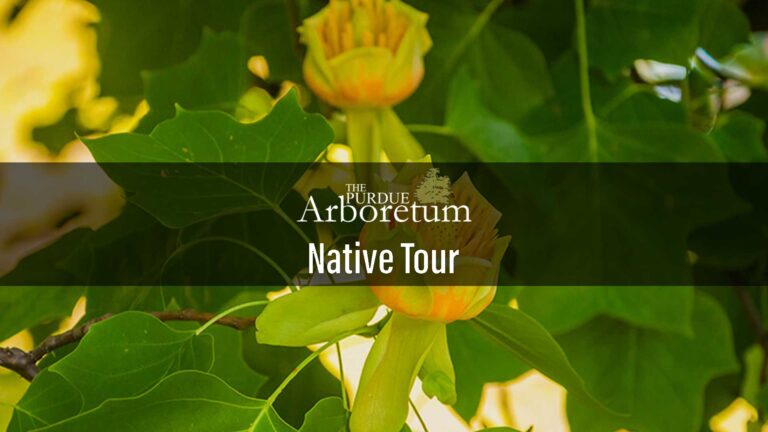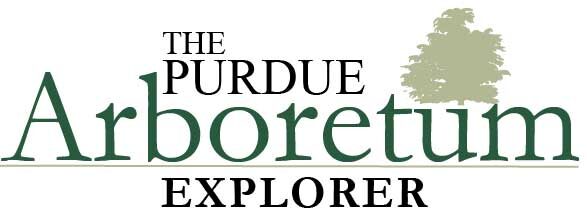Invasive plant species are non-native to a particular ecosystem and the introduction of them to those areas may lead to economic or environmental harm. This potential harm may occur through an aggressive growth habit of these non-indigenous species that usually do not have any ecological checks on them. In other words, there are no predators, pathogens, or other ecological constraints that might keep such species from spreading. As well, these aggressive plants could potentially disrupt the growth of our native plants that are ecologically beneficial to the local environment. That said, not all non-native species are invasive or harmful to our ecosystem. However, many of these exotic plants are not adapted to the local environment and do require more care and inputs than native species. As well, these non-native plants don’t often provide the nutrients needed by native insects and wildlife.
Native plant species are natural to a particular area in which they are found and are adapted to that ecosystem. Native plants are essential to the continuation of a healthy and diverse environment. They provide food and shelter for wildlife. These ecosystems are fragile and easily damaged. The introduction of non-native plants can have serious consequences.
In some cases, a species native in another region can exhibit rapid growth, high reproductive output, and many other negative characteristics of invasive species when introduced to a different ecosystem. When these types of plants move outside of their usual range, these characteristics can be problematic and result in negative changes to the local habitat. When native species move into new areas, they do indeed bring change. Whether that takes on characteristics of invasive plants is dependent on the changes it imparts on the local environment.
At Purdue University, we are committed to being good environmental stewards and promoting native plants as much as possible across our West Lafayette campus. Our grounds department works hard to remove or mitigate particularly aggressive and disruptive invasive species that could significantly alter our local ecosystems.
As a teaching university, we include many non-native species in our diverse plant collection so that our students and visitors can study their characteristics and ecological functions. Through strategic landscape planning and management, Purdue’s diverse plant collection is a beautifully balanced landscape of both native and non-native plantings.
Let's Grow Native, Purdue!
Learn More About Indiana Natives

This tour will highlight many of Purdue’s native trees throughout campus.
